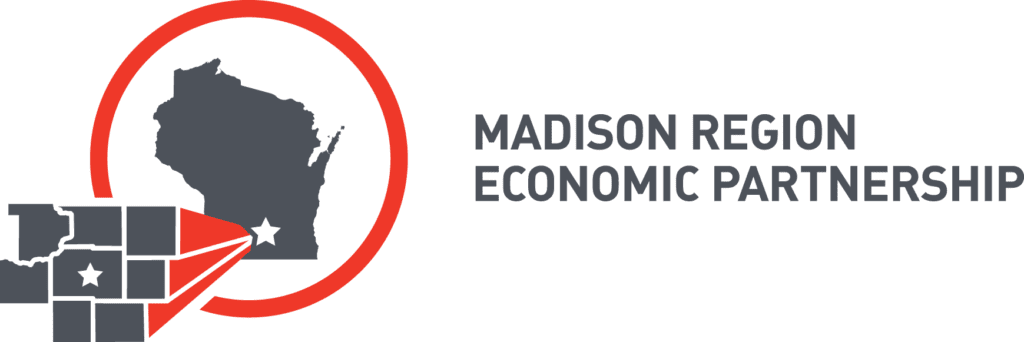As federal regulators prepare to publish a new map showing where broadband internet is and isn’t available across the U.S., Madison-area internet advocates are urging residents to check the draft themselves.
Unveiled in November, the “pre-production draft” of the Federal Communications Commission map is the most detailed and current federal map of internet accessibility, according to an announcement issued last week by the Madison Region Economic Partnership (MadREP). The eight-county economic development group is now encouraging residents to enter their addresses in the online interactive map and notify the FCC if the internet in their area doesn’t match what’s shown on the map.
“If it does not, we have a brief window to challenge that finding,” said Gene Dalhoff, vice president of talent and education at MadREP. “If areas are incorrectly finalized as having access they do not, it will jeopardize the Madison Region’s ability to access federal support for broad infrastructure.”
That federal support includes a share of the more than $42 billion that was set aside for internet expansion under the Broadband Equity Access and Deployment (BEAD) program. Corrections to the map must be submitted by Jan. 13, 2023, before those dollars are allocated.
This isn’t the first time MadREP has sought to mobilize the public to gather information about internet access in the region. Last year, the group released its own internet speed test for Columbia, Dane, Dodge, Green, Iowa, Jefferson, Rock, and Sauk counties. The test is designed to provide data that the agency and its partners can use to seek improvements to internet infrastructure where they’re needed most
Much of rural America — and some urban and suburban areas — doesn’t have internet fast and reliable enough to meet the federal definition of broadband, which requires download speeds of 25 megabits per second and upload speeds of 3 megabits per second.
For years it’s been hard to say just how big the problem is, since the prior Federal Communications Commission maps that are typically used to assess coverage were based on data by U.S. Census Bureau tract, a geographic unit that can include as many as 8,000 people. A single tract can include homes with fast internet through a cable or fiber connection, as well as homes still connecting to the internet with a dial-up modem.
“If you have one address in a census block that has tremendous broadband, they’re going to apply those results to the entire census block. So this creates very, very misleading maps,” Dalhoff said last year.
If governments or service providers consult those flawed maps to determine where to develop new broadband infrastructure, Dalhoff said, “it could be that 99% of the people are kind of left out in the cold.” In Wisconsin, the Public Service Commission estimates that around 800,000 people, or 14% of the state’s population, don’t have the infrastructure needed for broadband — twice the figure the prior FCC maps suggested.
The new maps will offer a more detailed and current view, showing the fixed and mobile broadband options available at individual addresses, as reported by internet service providers.
“As we often say, access to broadband is vital for economic success,” said MadREP president and CEO Jason Fields. “Now is another opportunity for Wisconsinites to contribute to a broadband solution.”

 Source: The Cap Times
Source: The Cap Times
